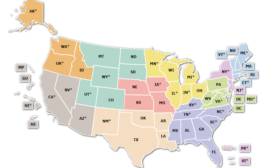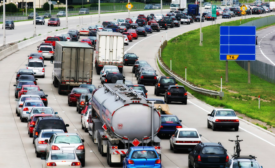News
Getting ‘smart’ about construction safety
Wearable sensors could monitor stress, physical demands and even risk perception
May 27, 2019
NC contractor earns 15 fall protection violations in five years
Company slogan is “Always Done Right”
May 23, 2019
Never miss the latest news and trends driving the safety industry
eNewsletter | Website | eMagazine
JOIN TODAYCopyright ©2024. All Rights Reserved BNP Media.
Design, CMS, Hosting & Web Development :: ePublishing







